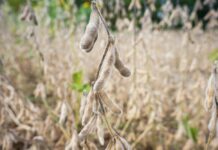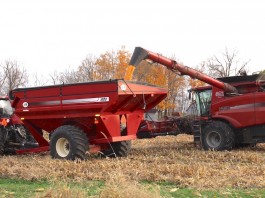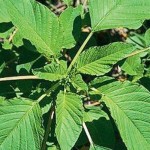Northwestern Ohio study looks at pollinators
Center Seeds, in conjunction with Rasawehr Farms, is conducting a three-year study with a variety of mixed pollinating plant species to establish ideal habitats for pollinators and to improve ecological diversity on the farming acreage in proximity to these habitats.
4R and precision agriculture — where’s the payback?
Considering the current state of declining crop prices, discussions at the 2014 InfoAg conference were focused on the return on investment (ROI) of precision agriculture (PA) practices.
Weather-tracking tool helps track insects
Corn earworms (also known as cotton bollworms) cost cotton producers an estimated $200 million a year in lost crops and control expenses, and they are notoriously hard to track because they migrate at night.
Why is micronutrient availability so patchy in a field?
When we think of applying fertilizer the nutrients that come to mind initially are the major nutrients nitrogen (N), phosphorus (P), potassium (K), and sulfur (S).
Learn more about emerging technology at Indiana conference
Farmers and other agricultural professionals wanting to use existing and emerging technology more efficiently will get the information they need at the Ohio Valley Precision Ag Conference.
Yield consistency is key when choosing corn hybrids
Corn farmers will soon start shopping for hybrids for the 2014 crop and according to a Purdue Extension agronomist, the number one factor they need to consider is yield consistency.
Used combines from across state lines can spread No. 1 weed
Know where your feed, seed and equipment come from.
OSU agronomists offer updated fertility calculator
Agronomists from Ohio State University's College of Food, Agricultural and Environmental Sciences have updated a fertility recommendation calculator designed to provide major field crop growers with guidance on fertilizer application rates and costs.
Monsanto plans new insect program
Two years ago, Monsanto launched the Corn Rootworm Knowledge program, designed to reward the research and academic community for outstanding projects that addressed specific aspects of the pest and how best to manage it.
Do disease-resistant varieties pay price in yield?
For wheat growers, it's a truism: Plant varieties that are resistant to prevalent diseases.
But what if the wheat plant has to pay a price for resistance, possibly reducing its yield? Is the resistance worth it?















